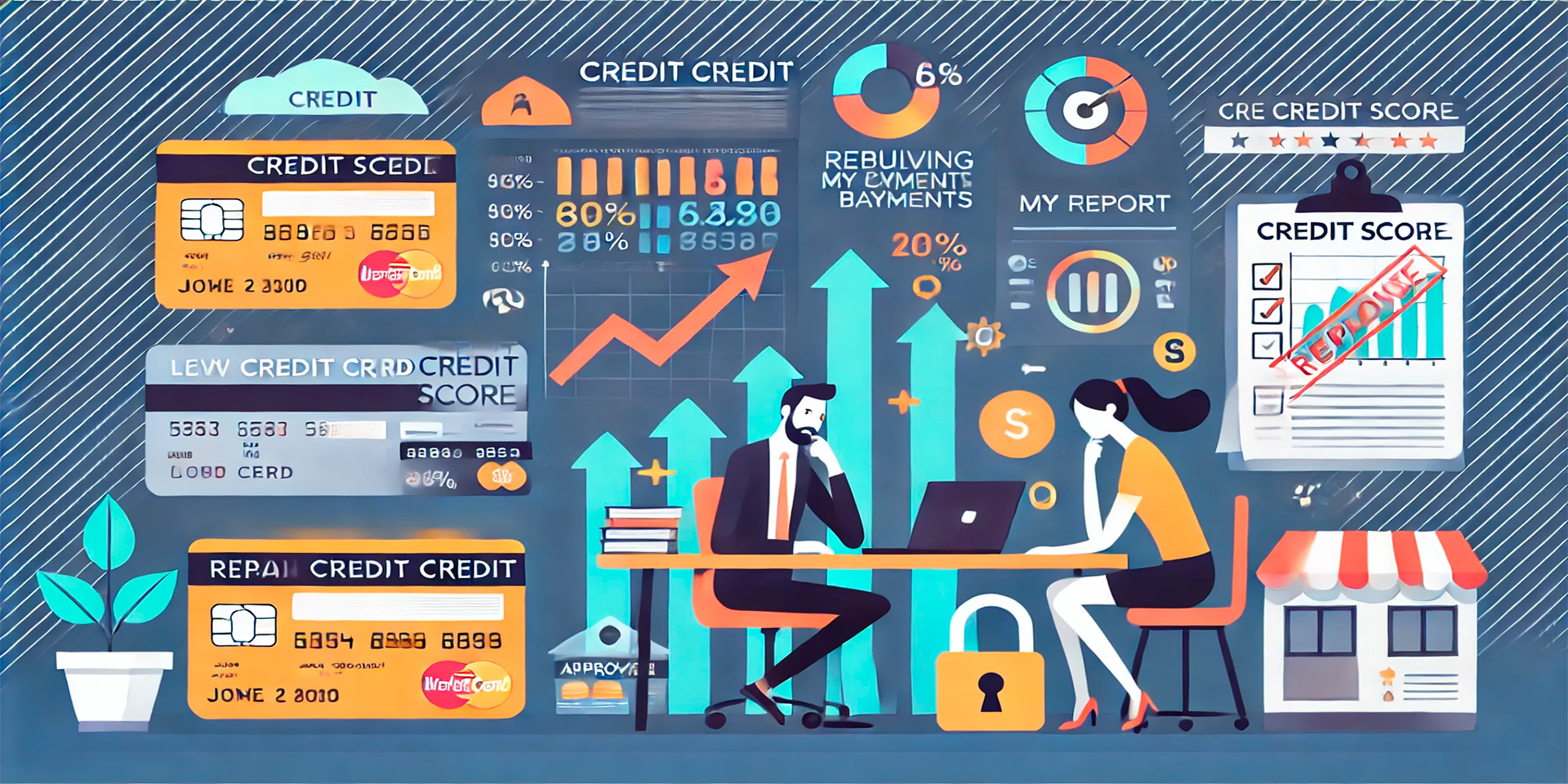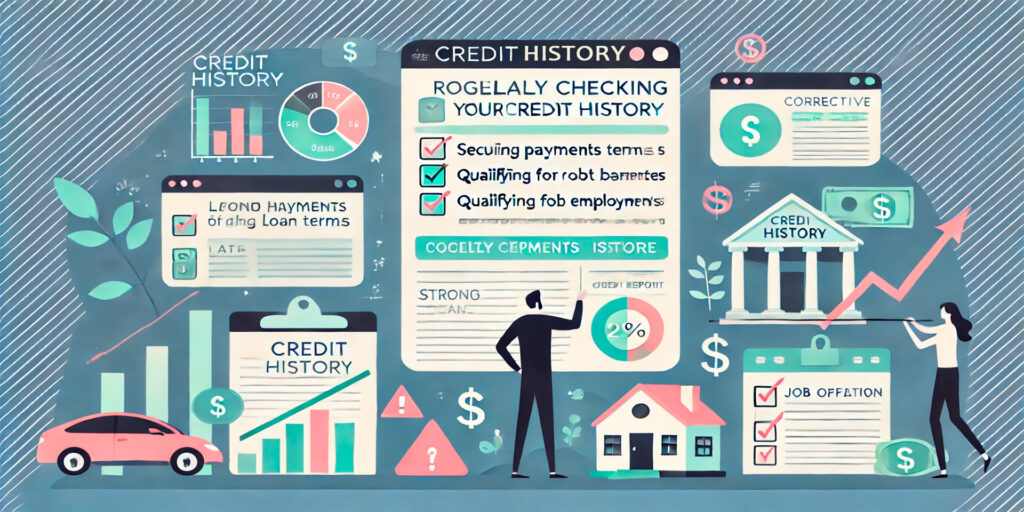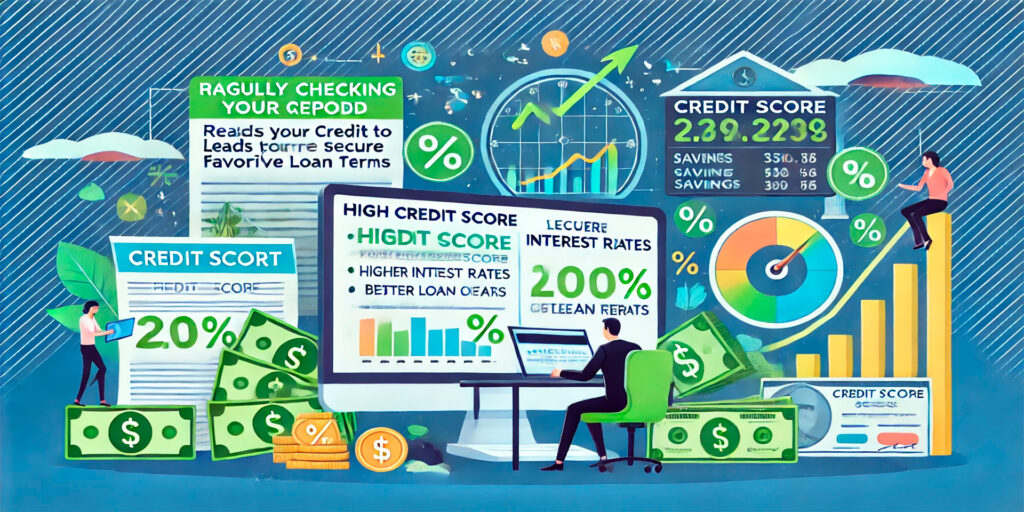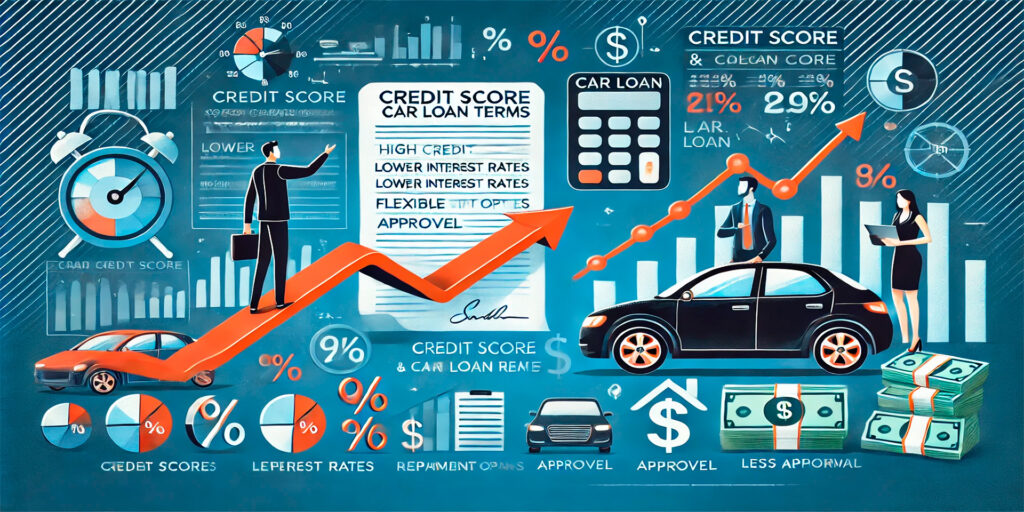Experiencing financial setbacks can significantly impact your credit score, but the good news is that bad credit doesn’t have to be permanent. Rebuilding your credit is possible with patience, discipline, and the right strategies. Whether you’ve faced financial challenges like missed payments, bankruptcy, or high credit card balances, there are actionable steps you can take to repair your credit and improve your financial standing over time.
A poor credit score limits your financial opportunities, often resulting in higher interest rates, difficulty securing loans, and even challenges in renting a home. However, by understanding the key factors that affect your credit score and implementing consistent efforts to address them, you can gradually rebuild your credit history and restore your financial health.
Step 1: Assess Your Credit Report
The first and most important step in rebuilding your credit is to understand where you currently stand. Obtain a copy of your credit report from each of the three major credit bureaus—Equifax, Experian, and TransUnion. Reviewing your credit report will help you identify areas that need improvement, such as missed payments, high balances, or errors that may be dragging down your score.
Carefully examine your report for any inaccuracies. Errors, such as accounts that don’t belong to you or incorrect balances, can have a negative effect on your credit score. If you find any mistakes, dispute them with the credit bureau to have them corrected. This is a quick way to potentially boost your credit score if inaccuracies are present.
Step 2: Create a Budget to Manage Debt
After assessing your credit report, it’s important to take control of your current financial situation by creating a budget. A budget helps you track your income and expenses, allowing you to allocate funds for paying down debt while managing essential living costs. Prioritize your bills and ensure that you’re consistently making at least the minimum payments on all of your accounts.
By following a budget, you can avoid falling further behind on payments and begin to reduce your outstanding debt. When creating your budget, focus on eliminating high-interest debt first, as this is the most costly form of debt. The more you can reduce your credit card balances, the better your credit utilization ratio will be, which is a key factor in improving your credit score.
Step 3: Make All Payments on Time
One of the most crucial aspects of rebuilding your credit is demonstrating a consistent payment history. Your payment history accounts for a significant portion of your credit score, so it’s essential to pay all of your bills on time. This includes credit card payments, loan payments, utility bills, and any other financial obligations.
If you’ve struggled with late payments in the past, consider setting up automatic payments or reminders to ensure that you don’t miss due dates. Each on-time payment you make helps to rebuild trust with lenders and slowly improves your credit score. Over time, a pattern of timely payments will significantly enhance your credit profile.

Step 4: Reduce Your Credit Card Balances
Credit utilization—the amount of credit you’re using compared to your total available credit—is another major factor in determining your credit score. If your credit card balances are high, it can negatively impact your credit score, even if you’re making payments on time. Reducing your balances can help lower your credit utilization ratio, which, in turn, improves your score.
Aim to keep your credit utilization ratio below 30%. This means that if your total credit limit is $10,000, your outstanding balances should not exceed $3,000. If you have multiple credit cards, try to pay down the balances on each one rather than focusing all of your efforts on one card. Distributing the debt reduction evenly can have a more positive impact on your credit score.
Step 5: Consider a Secured Credit Card
If your credit score is too low to qualify for a traditional credit card, a secured credit card can be an effective tool for rebuilding your credit. Secured credit cards require a cash deposit, which serves as collateral and determines your credit limit. By using the card responsibly and paying off your balance in full each month, you can demonstrate positive credit behavior and slowly improve your credit score.
Over time, as you build a solid payment history with the secured card, your credit score will improve, and you may become eligible for unsecured credit cards with better terms.
Step 6: Avoid Opening New Credit Accounts
While it may be tempting to open new credit accounts to boost your available credit, doing so can actually harm your credit score in the short term. Each time you apply for credit, a hard inquiry is added to your credit report, which can lower your score temporarily. Additionally, opening new accounts can increase your overall debt load, making it harder to manage your payments.
Instead of seeking new credit, focus on managing your existing accounts responsibly. As you pay down debt and make on-time payments, your credit score will improve without the need for additional accounts.
Step 7: Be Patient and Stay Consistent
Rebuilding your credit after financial setbacks is a gradual process, but with consistency and dedication, you will see improvements over time. It’s important to remain patient and stay focused on your long-term financial goals. While it may take months or even years to fully rebuild your credit, every positive action you take contributes to your overall credit health.
Continue monitoring your credit report regularly to track your progress and identify any areas that need further attention. By following these steps and maintaining good financial habits, you can restore your credit and regain control of your financial future.
Conclusion
Rebuilding your credit after financial setbacks is possible with the right approach and commitment to improving your financial habits. By reviewing your credit report, creating a budget, making timely payments, reducing debt, and considering tools like secured credit cards, you can gradually repair your credit history. Patience and consistency are key to the process, but with each step, you’ll move closer to restoring your credit and achieving long-term financial stability.









